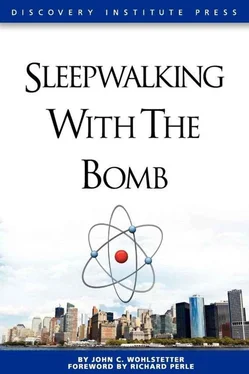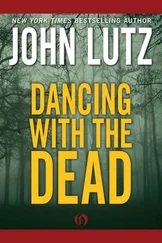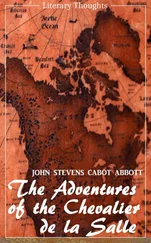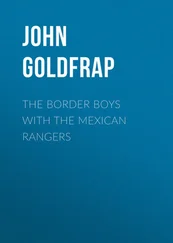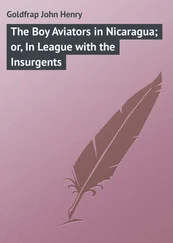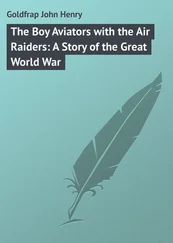“To be a true revolutionary one requires a monstrous self-confidence. Who else would presume of his followers the inevitable deprivations of revolutionary struggle, except one monomaniacally dedicated to the victory of his convictions and free of doubt about whether they justified the inevitable suffering? It is the pursuit of this charismatic truth—sometimes transcendental, as often diabolical—that has produced the gross misery as well as the profound upheavals that mark modern history. For ‘truth’ knows no restraint and ‘virtue’ can accept no limits; they are their own justification. Opponents are either ignorant or wicked, and must be either reeducated or eliminated.”
On June 8, 1959, the submarine USS Barbero fired a cruise missile carrying 3,000 letters in the direction of Mayport, Florida. The missile landed safely and the mail was delivered. The postmaster general, Arthur Summerfield, offered this prediction: “Before man reaches the moon, mail will be delivered within hours from New York to California, to England, to India or to Australia by guided missiles.” Summerfield’s prediction came partly true: mail is hauled overnight worldwide, but by cargo plane.
Established in 1947, the National Security Council is an advisory body that is part of the White House staff. The NSC advises the president and coordinates foreign and defense policy matters within the White House.
The Natural Resources Council Database (accessed August 21, 2011) estimates that the U.S. stockpile of nuclear weapons was 369 in 1950 and 640 in 1951. These are year-end totals. Only a small fraction of stockpiled weapons was actually deployed and thus ready for use.
In his centennial history of AT&T, Telephone , historian John Brooks writes that production of nuclear weapons went into high gear in 1951, after the desperate government had turned to the Bell System for its managerial expertise. Bell Laboratories took over management of the Sandia facility on November 1, 1949, at which time atomic bomb production was minimal. Russia’s first A-test supplied urgency. From one new design in 1948, two in 1949, and three in 1951, production increased to many designs starting in 1952. A key factor in speeding up bomb design production was the new availability of computing power.
As explained below, a “bomb” is either a military “weapon” or a terrorist “device.”
In their 2007 book Foxbats Over Dimona: The Soviets’ Nuclear Gamble in the Six-Day War, authors Isabella Ginor and Gideon Remez offer evidence that during the June 1967 conflict the Soviets planned to invade Israel and bomb Israel’s nuclear reactor at Dimona, where Israel makes nuclear fuel for its weapons. But Israel’s rapid destruction of Egyptian, Syrian, and Jordanian forces preempted Soviet plans. The Soviets moved faster in 1973, so it took a U.S. threat to stop them.
This was in 1941, 11 years after the discovery of Pluto, and over a century and a half after a German apothecary and chemist, Martin Klaproth, discovered uranium in 1786 and named it after the planet Uranus, newly discovered that same year. U-238 decays—transmutes itself by releasing energy—in 23 minutes to neptunium-239, named after the planet Neptune; Np-239 then decays in 2.3 days to plutonium, P-239, named after Pluto.
These include plutonium isotopes Pu-240, Pu-241, and Pu-242. The complex physics and chemistry of how they interact with Pu-239 are beyond this book’s scope.
In 1976 an American high school student named John Aristotle Phillips sketched a design that Manhattan Project physicist Freeman Dyson judged might possibly work. Of course design alone does not a weapon make. As a kid I liked to sketch F-104 Starfighters, which I thought the coolest looking supersonic aircraft (dubbed the “Flying Coffin,” it was not always thought so cool by pilots who had to fly it). But sketching it did not mean I could build one.
A technique called laser enrichment may someday enable creation of bomb fuel with far smaller-scale infrastructure.
It took delicate diplomacy conducted in 2001 and 2002 by the George W. Bush administration to defuse tensions a decade ago, but the world’s first nuclear war between two countries may well be ignited by Kashmir.
Incredibly, Goldberg’s statement was made to urge UN adoption of the Nonproliferation Treaty.
The report—the Acheson-Lilienthal Report on the International Control of Atomic Energy, issued March 14, 1946—recommended international enforcement, by armed force if necessary, to prevent diversion of materials to noncivilian use.
The film Charlie Wilson’s War (2007) is better by far than most Hollywood films purporting to recount history accurately. It does, however, understate the strong support given Texas Democratic congressman Charles Wilson by senior Reagan administration officials, perhaps most notably by CIA director William Casey.
The plant would use an Australian laser enrichment technology called SILEX (separation of isotopes by laser excitation).
More esoteric transactions—lease, sale/leaseback—can be executed. But for practical purposes of policy analysis the three basic types of transactions suffice.
Note that two of the most dangerous forms of radiation do not come from radioactive decay: free neutrons, the most harmful and hard-to-stop form of nuclear radiation, come from fission or fusion, and X-rays come from high-energy electrons—including those of beta rays “braking” as they pass near a heavy nucleus.
History is full of examples of strategic surprises, in which enemies launch successful attacks by acting contrary to expectation: noteworthy instances in the twentieth century, besides Pearl Harbor, include Japan’s destruction of Russia’s fleet in the 1904 Russo-Japanese War, Israel’s preemptive strike on Egyptian airfields at the start of the 1967 Six-Day War, and Egypt’s attack to start the 1973 Yom Kippur War. In the run-up to the June 22, 1941, massive Nazi invasion of Russia, Stalin ignored warnings from Winston Churchill, choosing instead to trust Hitler, with whom he had made a nonaggression pact one week before Hitler started World War II. Hitler’s pivot to the Eastern Front caught Russia completely by surprise.
Future prime minister Harold Macmillan also stated during the 1955 debate in the House of Commons that Britain might wish to use tactical nuclear weapons in the Middle East or in Asia.
However, it is far from clear that nuclear bombs would have been effective against widely dispersed forces. Like Afghanistan today, Vietnam simply did not have the kind of concentrated targets that make nuclear weapons effective.
France tested its last weapon in 1996 in the final series by a Western country.
It was Norsk Hydro that during World War II manufactured heavy water for the Nazis. The Allies so feared the prospect of a Nazi bomb that they destroyed the factory and later, after centrifuges were replaced, sank a ferry carrying heavy water as it began a journey to Germany. Fifty-three civilians were on the ferry, some of whom drowned. The story is told in the suspenseful 1965 action film The Heroes of Telemark.
Читать дальше
